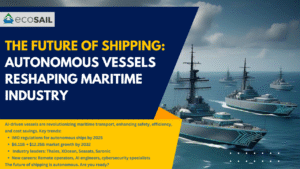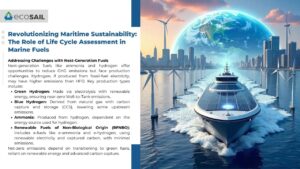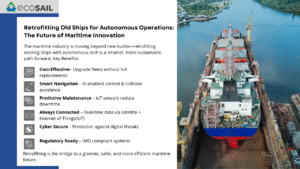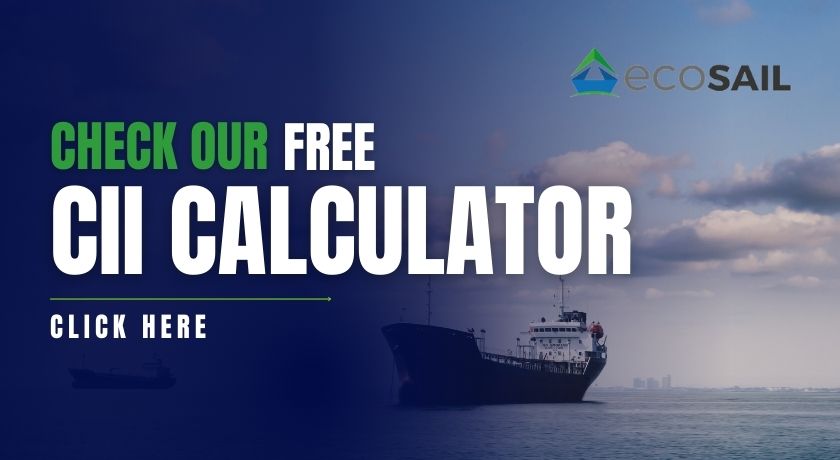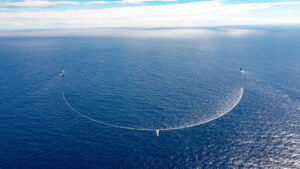
Sustainability News
MOL obtains World’s first Approval for Wind-assisted LNG Carrier

TOKYO – Mitsui O.S.K. Lines, Ltd. has been awarded an approval in principle (AiP) by Nippon Kaiji Kyokai (ClassNK) for the design of a membrane LNG Carrier installing Wind Challenger. This innovative design has been jointly developed by MOL and South Korea’s Hanwha Ocean. This AiP marks the World’s first approval for an LNG carrier with a Wind-Assisted Propulsion System.
The LNG carrier that has obtained this AiP is capable of entering LNG terminals worldwide (cargo tank capacity: 174,000 cubic meters), and equipped with two Wind Challenger sails. The detailed design work is currently underway for a new LNG carrier ordered by MOL from Hanwha Ocean, aiming for actual installation.
MOL, Hanwha Ocean, and ClassNK conducted a Risk assessment that comprehensively evaluated factors such as the placement of the sails, their impact on visibility, emergency operation procedures, and other safety measures, leading to the obtaining this AiP. Additionally, the evaluation of the impact on the cargo tank due to the sail installation, conducted by Gaztransport et Technigaz SA (GTT) (Note 2), the designer of the vessel’s cargo tank, contributed to obtaining this AiP. GTT has confirmed that the structural safety of the tank is sufficiently ensured, even when considering the stresses imposed by sails.
MOL has set a mid-to-long-term target of “achieving net zero greenhouse gas (GHG) emissions by 2050 with the concerted effort throughout the Group” in the “MOL Group Environmental Vision 2.2.” One of the key strategies to achieve this target includes the “introduction of clean energy, further energy-saving technologies,” and the group plans to launch 25 vessels equipped with the Wind Challenger by 2030 and 80 vessels by 2035.
The MOL Group will contribute not only to the reduction of GHG emissions from its own group, but also to the reduction and decarbonization of a whole society through the safe management and efficient operation of its environmentally friendly fleet that combines wind propulsion technology, such as the Wind Challenger.

